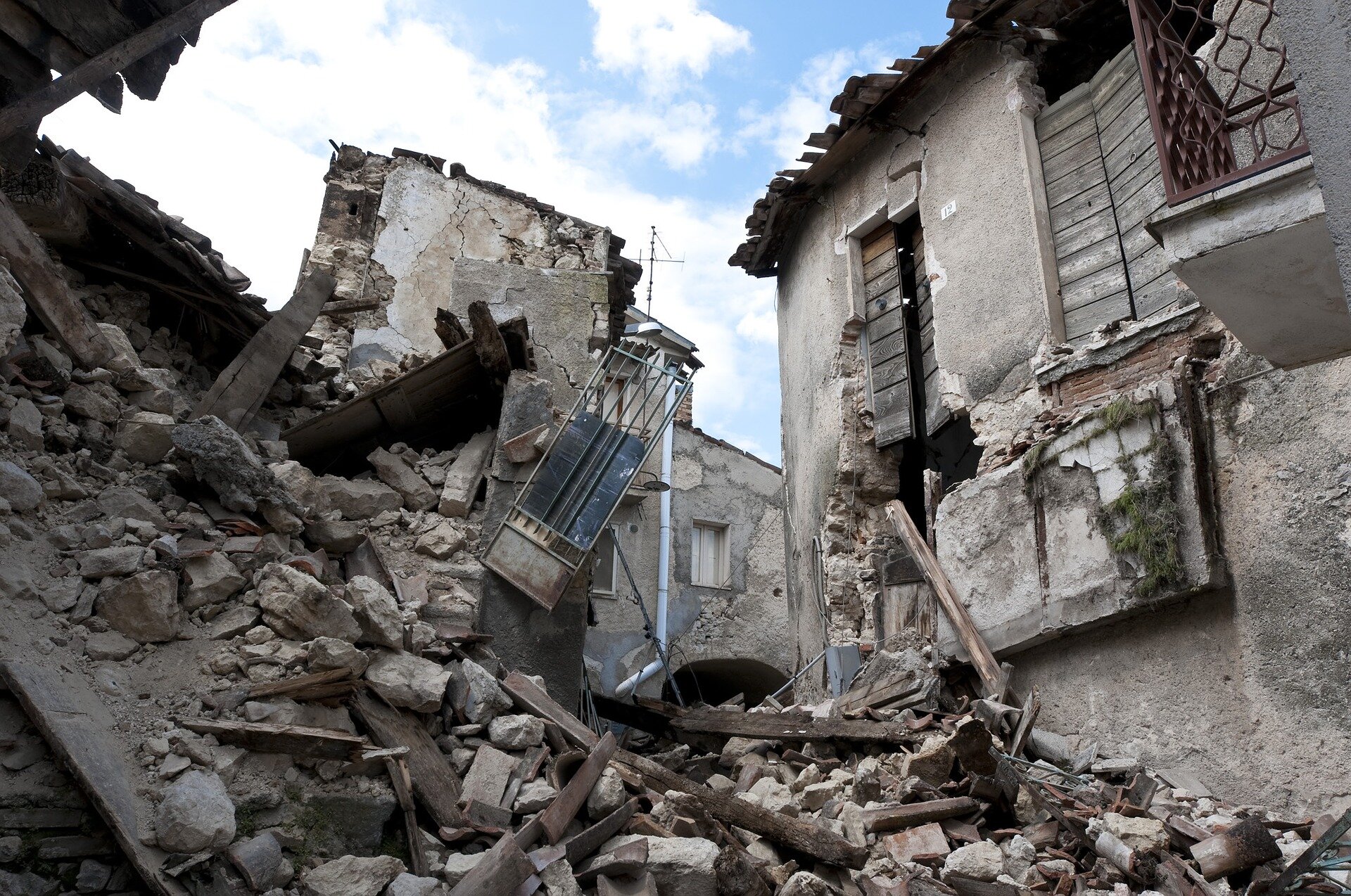- Southwest Airlines raises summer revenue forecast, authorizes $2.5 billion in share buyback
- China's Xi and top leaders call for halting real estate decline, responding to public concerns
- Google venture arm backs startup aiming to bring mixed reality to any car windshield or plane cockpit
- David Tepper says the Fed has to cut rates at least two or three more times to keep credibility
- Swiss central bank cuts rates by a quarter point in third trim this year
What do you believe is the single most important factor driving up the cost of living in Nigeria?

Are branch faults the 'on-ramps' that lead to great continental transform earthquakes?
The five largest continental transform earthquakes since 2000 all originated on a branch of the main fault—and two researchers predict that the next great earthquake of this type will also get its start on a branch or splay fault.
Last year's magnitude 7.8 Pazarcık earthquake in Türkiye was one of these large and damaging earthquakes, where two continental tectonic plates slide past each other horizontally. That earthquake began on a branch fault, as did the 2001 magnitude 7.8 Kokoxili earthquake in northern Tibet, the 2002 magnitude 7.9 Denali earthquake in Alaska, the 2008 magnitude 7.9 Wenchuan earthquake in China, and the 2016 magnitude 7.8 Kaikōura earthquake in New Zealand.
There are about 25,000 kilometers of continental transform faults across the globe, including some famous ones such as the San Andreas Fault, New Zealand's Alpine Fault and Türkiye's North Anatolia Fault. When their time comes to rupture, will they begin on a branch?
In Seismological Research Letters, Ross Stein of Temblor, Inc. and Peter Bird of the University of California, Los Angeles propose that branch faults act as "on-ramps" to generate rupture on the more mature "superhighway" continental transform faults.
At the moment, Stein and Bird's prediction is a hypothesis that needs more testing, they acknowledge. But magnitude 7.8 or larger earthquakes take place every two to five years on average on these faults, so we shouldn't have too long to wait to see if their prediction holds up.




- September 26, 2024
A social media platform that is actually good for democracy?

- September 26, 2024
NASA analysis shows irreversible sea level rise for Pacific islands

- September 26, 2024
Identifying the top hazardous polluters in the path of Tropical Storm Helene

- September 26, 2024
Milking might spread bird flu between cows


- September 26, 2024
New fossil species reshapes understanding of grape family history

- September 26, 2024
Researchers explore novel approach to map forest dieback in satellite images
Subscribe to our mailing list to get the new updates!

Subscribe our newsletter to stay updated
Thank you for subscribing!




